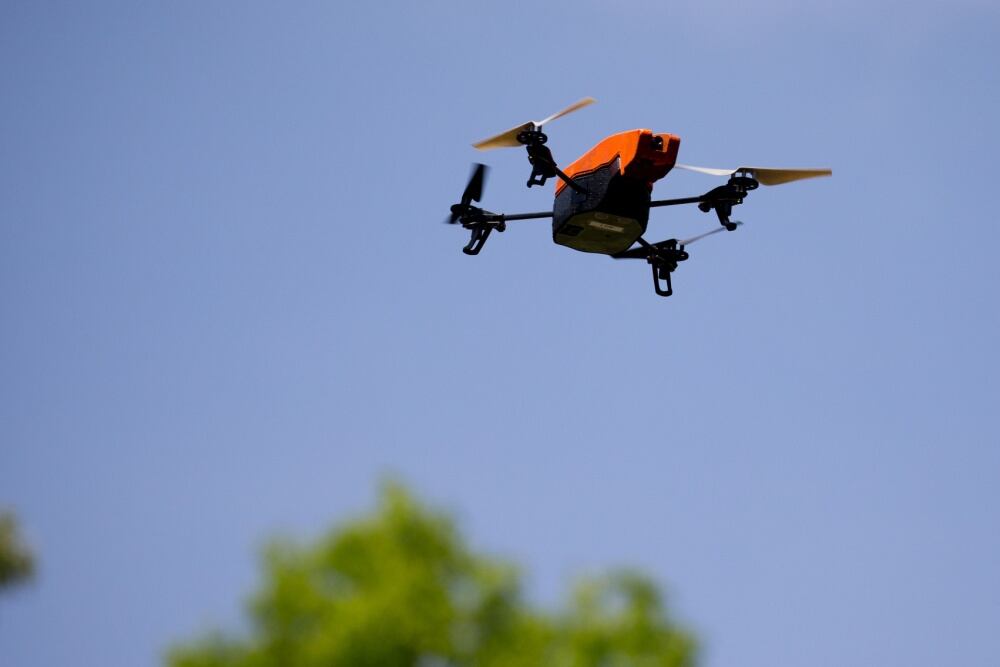WASHINGTON -- The Army sees robotics and capabilities that could help it operate in a more contested environment as promising focus areas for science and technology funds, said Maj. Gen. William Hix, the G-3/5/7 director of strategy, plans and policy.
As the service prepares to fight in an environment where it can't maneuver as freely against a technologically advanced adversary, the Army needs to determine the art of the possible, Hix told Defense News in a Sept. 30 interview at the Pentagon.
The Pentagon in the 1970s conducted a long-range research and development planning program that produced technology like stealth, precision weapons and networking, Hix said. The Army modeled an R&D planning program after the one from the '70s looking specifically at ground combat.
For full AUSA 2016 coverage: http://www.c4isrnet.com/ausa2016
The Army surveyed industry, academia, government labs and even the Defense Advanced Research Projects Agency (DARPA) and came back with over 600 recommendations for science and technology focus areas, Hix said.
"We looked at cyber and conventional operations, irregular operations, human performance, urban," Hix said.
The Army is now looking at "what is mature enough that we could demonstrate capability in five years and begin fielding those things that show promise in 10, so we have that baseline and we are sorting out right now what we are going to do," he said.
Robotics will likely be a big focus. The Army has developed a full robotics and autonomous strategy for the near-, mid- and far-term with a focus of further developing autonomy, artificial intelligence and common control.
"Robots that emulate your formation for deception so they are a target. If you lose one, it's better than being hit yourself," Hix said. "What that does is makes the enemy's problem more complex because he's wondering which target is for real."
The other things robotics could bring to the formations is in beyond line-of-sight capability "so linking unmanned aerial vehicles and the sensors they carry to either the fire control system on existing platforms like the M1 [tank] or adding to them munitions that can take the targeting data from the UAV," Hix said, "and hit it … even though you can't physically line-of-sight see it."
The Army is also interested in looking at alternative communications within the radio frequency spectrum. "Part of electronic warfare is if you can be found, they can jam you or kill you by shooting at you with an RF homing munition," Hix said. "If you can communicate within the ambient RF spectrum the natural noise, if you will, within the RF spectrum, they can't find you."
Additionally, the Army is looking into how to reduce vulnerability, extend the range of artillery, increase precision, and be able to hit mobile targets at range, Hix added.
And the service will also likely look at simple technology used in novel ways, like high altitude balloons that can be used in lieu of space, if satellite connectivity is lost, he said. "I know we operate on the ground but we use a lot of space in the Army."
Jen Judson is an award-winning journalist covering land warfare for Defense News. She has also worked for Politico and Inside Defense. She holds a Master of Science degree in journalism from Boston University and a Bachelor of Arts degree from Kenyon College.








